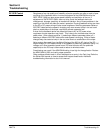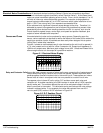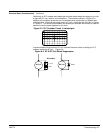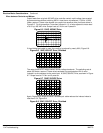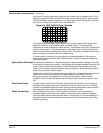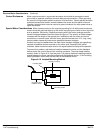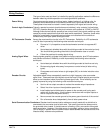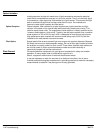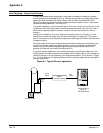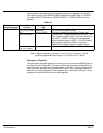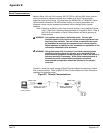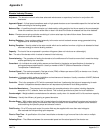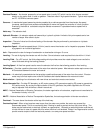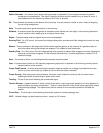
Appendix A
Appendix A-1MN770
Load Weighing / Torque Feed Forward
In many advanced elevator applications, the system is designed to weigh the elevator
load to offset the counterweight of the car. We also refer to this as a torque feed forward
application. Both the Baldor AC Vector (Series 18H and 22H) and Series 20H SCR
Controls can be programmed to use the torque feed forward option (Level 1 Input block;
Command Select parameter, 10V w/Torq FF).
In a typical installation, a car is balanced with a 40% load. In order to move the car in the
up direction, the drive should receive a forward speed command. If the car is full, then it
would have to generate positive torque in order to move the car forward or in the up
direction.
A load cell is installed on the car to measure the loading of the car. Typically, 10 volts
output from the load cell equals a full car and 0 volts equals an empty car. This means
that 10 volts equals a value of positive torque and 0 volts equals a smaller absolute value
of negative torque.
Since the output of the control requires the torque feed forward signal to be bipolar, then
the load cell voltage needs to be scaled properly in order to generate the appropriate
values of torque. A customer supplied signal processor board can be used for this
purpose (the load cell could have this feature built in).
In a typical elevator application, the accelerating torque is significantly greater than the
holding torque (or torque required at zero speed), which means that it is not necessary to
use the full range (±10 volt) capability of the torque feed forward. This is shown in Figure
A-1. A ±5 volt output of the signal processor board is probably adequate for most typical
elevator applications.
Figure A-1 Typical Elevator Application
Counterweight
Elevator Car
0-10V
Signal
Load
Cell
Signal
Processor Board
LOCAL
SHIFT
DISP
RESET
PROG
ENTER
JOG
STOP
REV
FWD
Baldor Series H
Vector or
DC SCR Control
±5V
Signal



